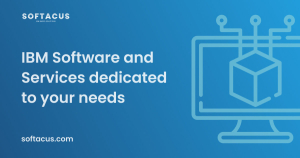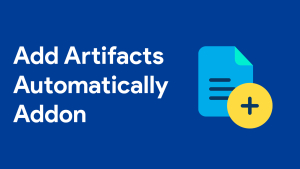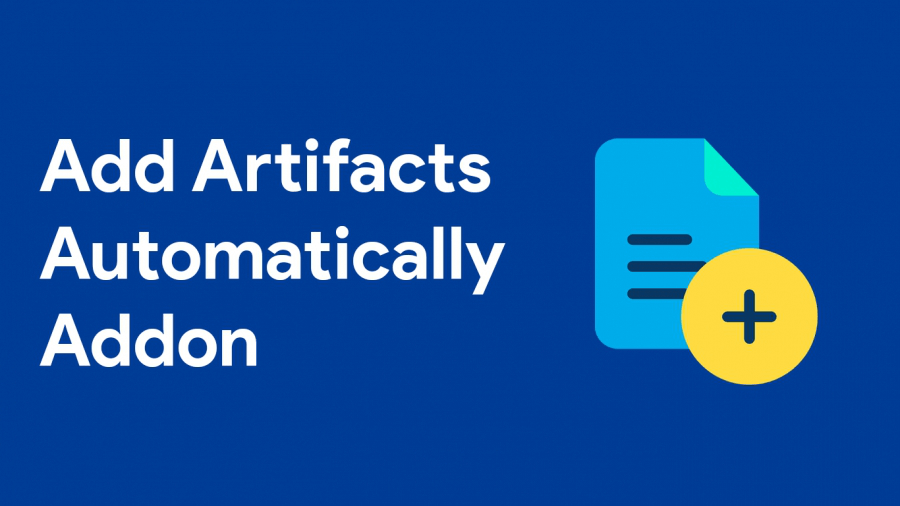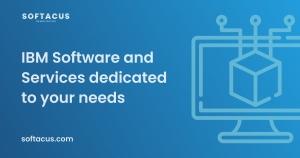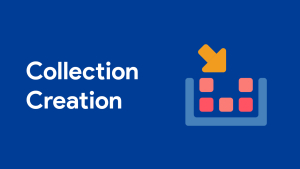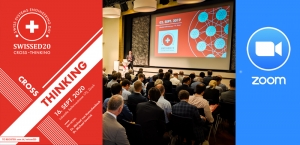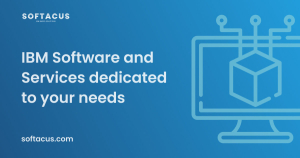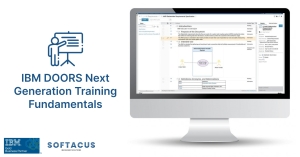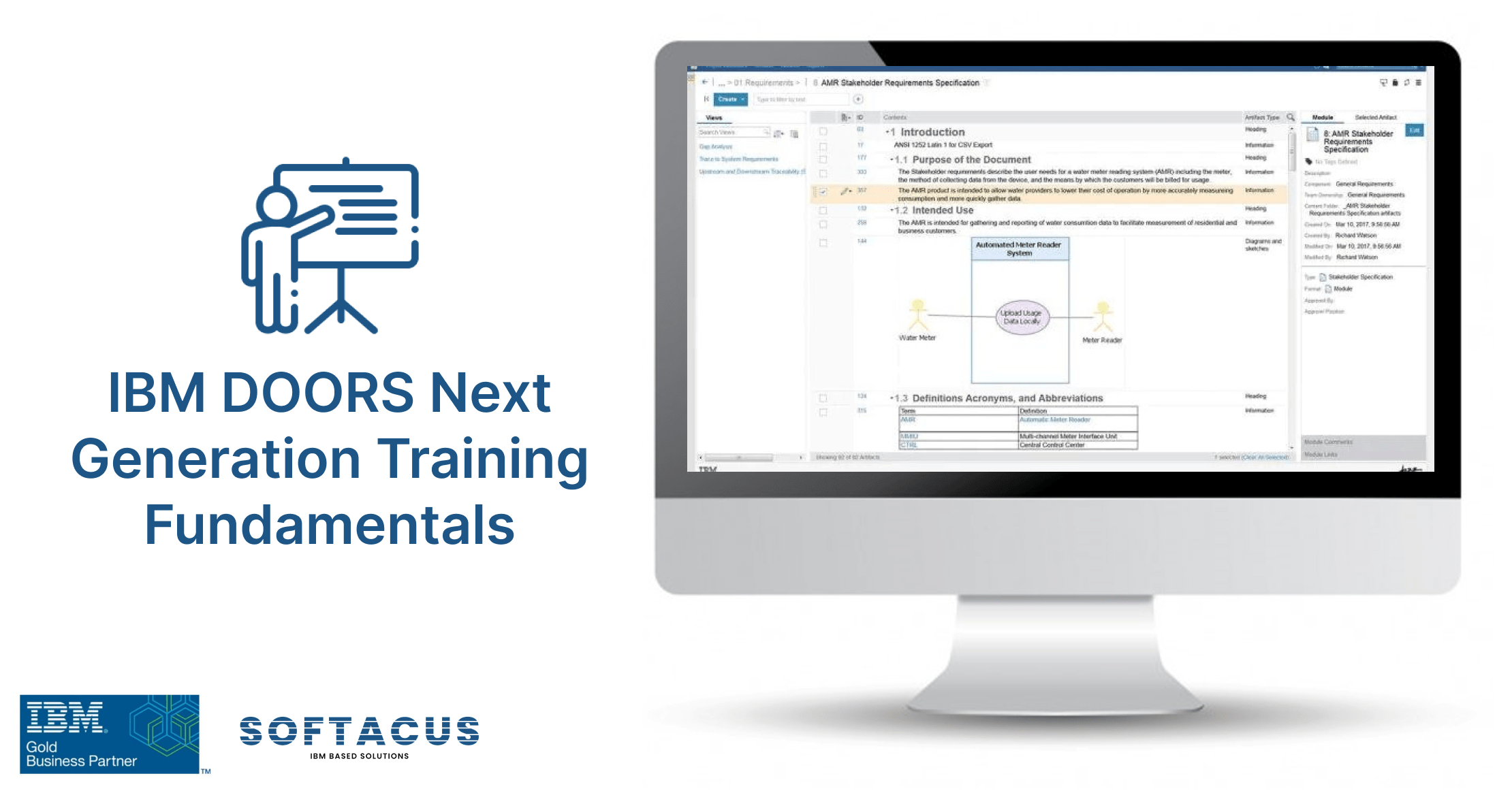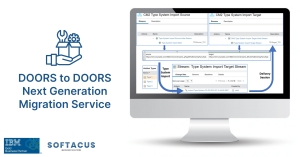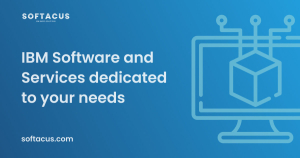- OSLC Home: http://open-services.net
- OSLC on Twitter: http://twitter.com/oslcNews
- OSLC-CM Home: http://open-services.net/bin/view/Main/CmHome
- Details on the RTC Implementation: https://jazz.net/wiki/bin/view/Main/ResourceOrientedWorkItemAPIv2
- Carolyn Pampino on the RQM-RTC integration: http://jazz.net/blog/index.php/2009/08/26/sprint-alignment-for-developers-and-testers/
- Scaling Agile with C/ALM eBook: http://www.infoq.com/resource/articles/scaling-agile-with-calm/en/resources/InfoQ-IBM-ScalingAgilewithCALMeBook.zip
Displaying items by tag: doors
Tracked-resource sets
The tracked-resource set (TRS) specification allows a server to expose set of resources in a way that allows clients to discover the exact set of resources in the set, to track all additions to and removals from the set, and to track state changes to all resources in the set. This specification is HTTP-based and follows RESTful principles. It is suitable for dealing with large sets containing a large number of resources, as well as highly active resource sets that undergo continual change.
When project areas are enabled for configurations, for team members to see, use, create, or remove links across project areas, a Jazz administrator must install the Global Configuration Management (GCM) and Link Index Provider (LDX) applications. Use TRS v2.0 as a data source to create the linked lifecycle data index.
When project areas are not enabled for configurations, to ensure that Lifecycle Query Engine (LQE) can access the lifecycle data, you must configure it to work with Jazz™ Team Server (JTS) and then configure the lifecycle tools as data sources (TRS providers.)
Terminology:
Resource Set - an enumerable, finite, collection of Resources
Resource - web resource identified by URI; the Resource Set members
Server - party playing the role of Resource Set provider
Client - party playing the role of consumer; interacts with a Server to enumerate and track Resources in the Server’s Resource Set
Tracked Resource Set (TRS) - describes the set of Resources in a Resource Set, expressed as a Base and a Change Log
Base - portion of a Tracked Resource Set representation that lists member Resources
Change Log - portion of a Tracked Resource Set representation detailing a series of Change Events
Change Event - describes the addition, removal, or state change of a member Resource
What does rebase do ?
TRS providers are responsible for managing the base change log for their consumers. In theory, the base is established at the "beginning of time" and the change log continues to grow forever. A TRS provider may choose to periodically, or on some significant event, rebase or recalculate the base resources and prune the change log. The server should retain at least seven days of of the most recent change events in the change log, and set the cutoffEvent to the most recent retained change event to give clients time to catch up to the new base and change log.
The cutoffEvent property of the Base identifies the point in the Change Log at which processing of Change Events can be cut off because older changes are already covered by the new Base after the rebase operation.
In short, Rebase is a process that creates a new base for tracked resource set. This leads to truncating the changeLog to only contain last 7 days of changes while adding "cutoffEvent" property to the latest changeEvent.
The newly established base is now the actual one and new ChangeLog is based on changes on the members of the new base.
When is manual rebase mandatory ?
When a server rename procedure is performed, as a part of the post-rename steps, but before adding DNG TRS datasources back into LQE, one must perform full TRS 2.0 rebase in DNG.
TRS 2.0 rebase is also highly recommened after upgrading to newer DNG versions (base version, not iFix).
How to perform rebase ?
1, Open a web browser and navigate to your DNG frontend. Log in with the administrator privileges and continue to https://your.RMserver.com/rm/admin#action=com.ibm.rdm.fronting.server.web.trs .
2, Here you can see TRS status and rebase option. Click on the TRS 2.0 Full Rebase.
3, Wait for the operation to finish, the status of the rebase procedure is shown in the status windows which can be manually refreshed.
4, Once the rebase is done, you may continue with adding the LQE data sources and reindexing them.
If you need more detailed information, visit https://archive.open-services.net/wiki/core/TrackedResourceSet-2.0/
This extension allows users who don't have access to view all project areas and request access for it.
Features
- View all project areas even if user does nothave access to one
- Filtering of project areas based on their name or description
- Request access to any project area - Request will be sent over email to administrator
- Refreshment of list by administrator
Restrictions
- The generation of the table is protected by unique password generated once and given to the administrator (user who has access to all project areas)
- Unless a correct password is provided, a table can't be generated.
User Guide:
- Open dashboard
- View all project areas
- Request access for a project area (via button) which will send email to administrator
Administrator Guide:
- Open dashboard
- Select application
- Type in password and hit refresh list button
Pricing:
These scripts are free of charge to all customers which have purchased IBM Jazz Products via Softacus.
Enhancement Request and Defects:
Send Email to This email address is being protected from spambots. You need JavaScript enabled to view it.
This extension allows users to generate, set, and structure artifacts in the module based on the specified rules.
Explanation and features
Features:
- Allows the user to add all types of artifacts into the module
- Allows the user to choose module structure according to Number and PUID attributes
- Users can add anytime and easily RPE Tags
Restrictions
- Requires to be executed in the module. If a user tries to start the script outside of the module it will not work and the message will be displayed advising the user to work from the module.
How to use this extension
- Open a Module
- Type PUIDs of desired artifacts
- Add different types of RPE tags according to user needs
- Click the button Generate document to generate the structure of artifacts in the module
- Artifact structure is successfully generated.
Pricing
This add-on is free of charge for customers who purchased the IBM Jazz solution via Softacus.
Please contact us if you need a different arrangement.
Contact us, Support, Modifications
Every functionality of any of Softacus Engineering Requirements Management DOORS Next extension can be customized based on your needs. If you are interested in having, enhancing or if you found a defect in extension, please contact us at: This email address is being protected from spambots. You need JavaScript enabled to view it.
Also, we are providing custom modifications for our customers. Every Softacus DNG Extension can be modified based on your needs or requirements. We are looking forward to developing a solution for you.
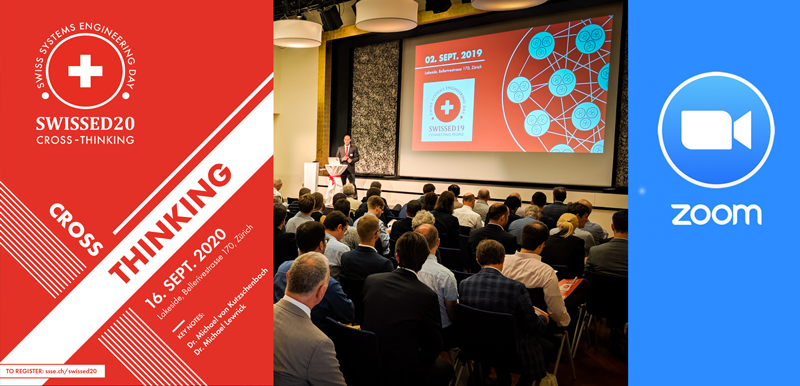
Softacus was a Sponsor of SWISSED20 - an Annual Symposium of the Swiss Systems Engineering Society - which was held this year as a hybrid event comprising of the real conference and virtual content.
We were onsite, presenting IBM Watson IOT Continues Engineering products - IBM DOORS Next Generation, Workflow Management, Test Management, and more.
Option 1: Project Area or Component Template
How to:
- In the current project go to Project or Component Properties > Templates
- Create New
- Click on data which you want to copy (if you click on Artifact then all artifact will be part of the template
- Create a new project area or component and use a template for creation (template must be downloaded and uploaded if you are porting to a new server)
Advantages:
- Works also for porting to a new server
- Links between artifacts are kept
- project area properties are automatically saved
- Are links within the project area/component are kept
IBM DOORS (Classic) was and is a leading requirement management tool for most industries with complex systems. Nowadays, however, customers require many more things from a requirement tool that could not be addressed by DOORS which is using robust and reliable but 25-year-old architecture. Therefore, ten years ago IBM decided to develop DOORS Next Generation which is running on a modern Jazz Platform and together with Rational Team Concert and Rational Quality Manager can satisfy very demanding customer needs as well.
For customers interested in taking advantage of the IBM Jazz Platform, Softacus provides services to migrate from IBM DOORS to IBM DOORS Next Generation.
For completeness, the DNG public API's that are available are:
- RDNG Reportable API - extracting read only information from RDNG generally for creating custom reports to be run from DNG or RPE. As well, it can be used in a lot of custom applications interacting with RDNG. Big advantage of this API is its simplicity and great performance if you need to work with big amounts of data. Sometimes it's called as RDNG Reportable REST API.
- OSLC RM V2 API - the open standard way to programmatically integrate with DOORS Next Generation, there is an elaborate workshop to get you started here OSLC Workshop article. These programs can be from any language that supports various HTTP methods of requests, e.g. Java, C# etc. Hence these are more flexible to run and can read and update DNG data, as part of a web server, or standalone, but have some limitations set by the current OSLC standard, for example module support. In release 6.0.5 extension have been added for modules. It's very powerful tool to work with RDNG data including capabilities of data modification but can be a little bit more complex in use than other ways.
- TRS 2.0 - the OSLC Tracked Resource Set open standard REST API to hook into the stream of low level changes done to resources in the DNG application (and other Jazz apps as well); read only.
- RM API - it's realized in client extension capability that is accessible from Rational DOORS Next Generation. This is Javascript extension framework that generally can be added as widgets which you can run from the dashboard, and can be used to view and edit DNG data. The widgets are developed in accordance to OpenSocial standard (based on Google Gadget framework). It's more tailored to DNG, so has better module support, but is limited to be run in a browser/javascript environment. It's very easy to make an automation of your work in this way. You can do a lot of interesting tricks with currently open Web page based on DOM/XML standards. You can add support of many popular libraries such as JQuery and so on. But this big simplicity results in some constraint in implementation. For example, you can easily access RDNG artifacts in current module or collection as well as access any selected artifacts but there are some difficulties if you need access artifacts in current view or currently available on the page. But use RM API together with other APIs described above can allow you do stunning things with RDNG.
Helpful Links
Ord. Link Comment 1 API Landing page This is a landing page for the various API wiki pages that exist on the Jazz.net development wiki as well as a central collective page of the known APIs that are available for integrating programmatically with our CE/CLM products. It serves as a convenience for accessing API information about CE/CLM products and is not guaranteed to have up-to-the-minute information. 2 DOORS Next Generation Reportable API The DOORS Next Generation server provides REST APIs for accessing information about requirement artifacts for reporting. You can access each API by using a standard web browser, IBM Rational Publishing Engine or a third party tool can can consume the DNG reporting services responses. This document covers reporting capabilities for DNG versions 6.0 and higher. 3 Using OSLC capabilities in the Requirements Management application You can use Open Services for Lifecycle Collaboration 2.0 (OSLC) capabilities in the Requirements Management (RM) application for the Rational solution for Collaborative Lifecycle Management (CLM). This article includes examples of how to use those capabilities in an HTTP poster tool. These basic examples are described. 4 Open Services for Lifecycle Collaboration Workshop The workshop will help guide you to leverage the Open Services for Lifecycle Collaboration (OSLC) standard interfaces for interoperating with Jazz-based products including RDNG. These labs will highlight key aspects by leveraging web browser access and programmatic access via Java client programs. The final lab will illustrate by an example how to write your own server using Java servlets. This lab is based on the OSLC-CM 2.0 and OSLC-RM 2.0 Specification. After you complete these labs, you will have a good foundation by which to leverage OSLC to implement an interoperability project. 5 OSLC Requirements Management Version 2.1. Part 1: Specification This specification defines the OSLC Requirements Management domain, also known as OSLC RM. The specification supports key RESTful web service interfaces for software Requirements Management systems. 6 OSLC Requirements Management Version 2.1. Part 2: Vocabulary This specification defines a vocabulary and resource shapes for the OSLC Requirements Management resources. 7 IBM DOORS Next Generation Server API Documentation (additions from v6.0) Additions to standard OSLC API specially developed for use with RDNG. It takes into account some RDNG specifics that is out of scope of OSLC specification. 8 Getting Started with RDNG Extending Capabilities Brief video giving a quick introduction into client extending capabilities. 9 Client extension API for the Requirements Management (RM) application This document specifies the client extension API that forms part of the 6.0.5 release of the Requirements Management (RM) application. The version of this API is 1.1. 10 Client extension capability (all versions) List of links to client extension APIs for all supported versions. 11 jQuery API Useful API when developing RDNG client extensions. 12 Web APIs When writing code for the Web with JavaScript, there are a great many APIs available. Below is a list of all the interfaces (that is, types of objects) that you may be able to use while developing your Web app or site.
Useful Links
https://www.facebook.com/oslcfest/
DOORS Next Generation (v4.0.6): Adding an extension to your dashboards via URL
https://www.youtube.com/watch?v=q3DxAneAPYQ
Adding widgets to the widget catalog of IBM Rational DOORS Next Generation (V4.0.6)
https://www.youtube.com/watch?v=mXl1YcDYjVg

